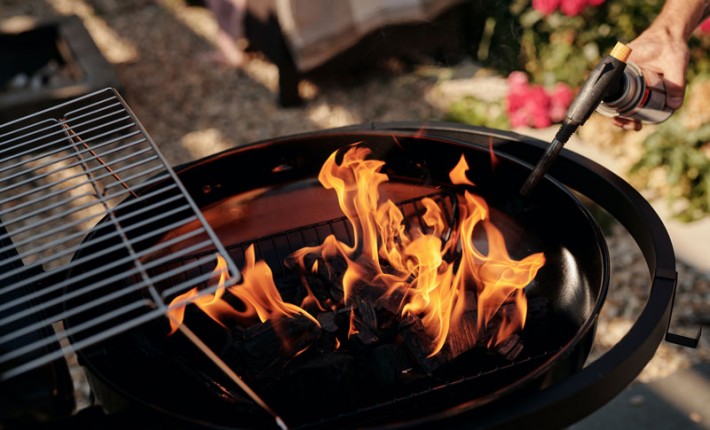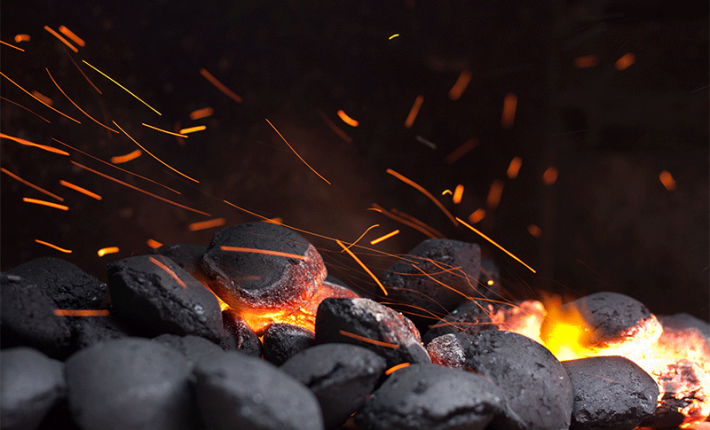Grilling is a summertime staple and one of the most popular ways to cook outdoors. As you plan your upcoming grilling season, you can consider adding eco-friendly coconut and other by-product briquettes to your menu. These alternative charcoal products are made from renewable plant materials. Instead of being made from petroleum as traditional briquettes are, these BBQ briquette products are produced from plants that are harvested for their heat-producing properties. As a result, using eco-friendly Coconut and other by-product BBQ briquettes are an excellent way to reduce your carbon footprint while still getting the grilled flavour you crave!
What Are Eco-Friendly Coconut and By-product BBQ Briquettes?
Eco-friendly Coconut and By-product BBQ briquettes are made from renewable plant materials such as coconut shells, candlenut shells, and other by-product waste. Instead of being made from petroleum as traditional briquettes are, these BBQ briquette products are produced from plants that are harvested for their heat-producing properties. The production of these briquettes does not generate the same harmful emissions that are commonly associated with the petroleum industry. As a result, using an eco-friendly BBQ briquette is an excellent way to reduce your carbon footprint while still getting the grilled flavour you crave!
The Benefits of Eco-Friendly Coconut and other By-product BBQ Briquettes
Eco-friendly coconut and other by-product BBQ briquettes boast many benefits over traditional briquettes. The production of eco-friendly briquettes does not create the same harmful emissions that are associated with the petroleum industry. This makes eco-friendly briquettes an excellent choice for anyone looking to reduce their carbon footprint! Second, eco-friendly briquettes are made from the waste products and natural additives, making them a more sustainable, environmentally friendly choice than traditional briquettes. Third, eco-friendly briquettes produce less ash than traditional briquettes, making them easier to dispose of. Last but not least, eco-friendly briquettes burn longer and hotter than traditional briquettes, making them an excellent choice for larger gatherings.
The Convenient Way to Grill Responsibly!
Eco-friendly BBQ briquettes are an excellent way to make grilling more environmentally responsible. They are made from renewable plant materials, so they are an excellent choice for anyone looking to reduce their carbon footprint. These briquettes also boast many benefits over traditional briquettes, including producing less ash and CO2 than traditional briquettes, they do not require the use of sulphur to make them burn hot enough to grill food, and burning more slowly and hotter than traditional briquettes. These eco-friendly briquettes are an excellent option for your grilling needs and are made from natural ingredients. They are a much better alternative to traditional charcoal briquettes when it comes to reducing your carbon footprint as they are made from natural materials instead of gas or oil.



